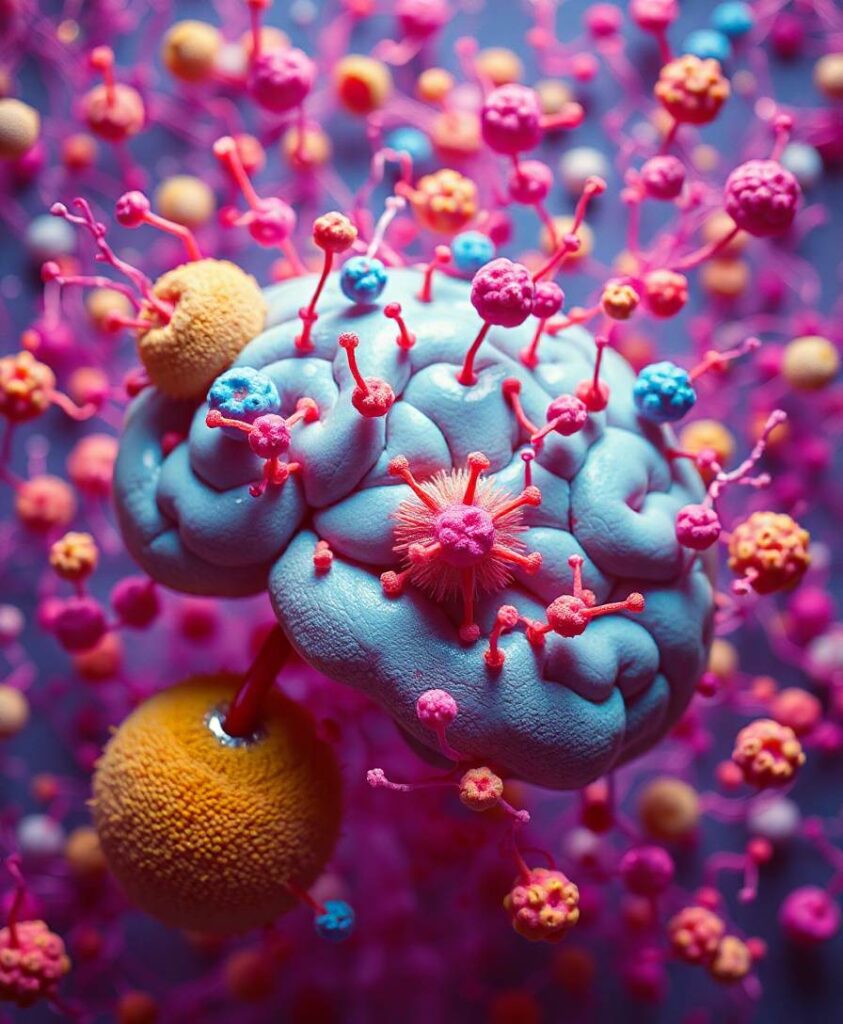In the South Korean study to prevent cognitive impairment and protect BRAIN health through lifestyle intervention in at-risk elderly people (SUPERBRAIN), we evaluated the impact of a 24-week facility-based multidomain intervention (FMI) and home-based MI (HMI) on white matter integrity. Among 152 participants, aged 60–79 years without dementia but with ≥1 modifiable dementia risk factor, 19 FMI, 20 HMI, and 16 controls underwent brain MRI at baseline and 24 weeks. Between the intervention and control groups, we compared changes in fractional anisotropy (FA), mean diffusivity (MD), axial diffusivity (AD) and radial diffusivity (RD) at regions-of-interest (ROI) including the cingulum cingulate gyrus (CgC), cingulum hippocampus (CgH), superior longitudinal fasciculus (SLF), as well as the uncinate fasciculus (UF). In addition, correlations between total and standard scores cognitive domains of the Repeatable Battery for the Assessment of Neuropsychological Status (RBANS) or serum brain-derived neurotrophic factor (BDNF) and changes in brain image measures were evaluated at a statistical significance level of p < 0.05 (uncorrected for multiple corrections). The FA, MD, AD, and RD at each ROI at the baseline were not different among groups after Bonferroni correction. In the statistical analysis using two-way repeated measures ANOVA, any significant difference in longitudinal changes in the FA, MD, AD, and RD was not revealed. The statistical analysis, among the significant regions in paired t-test of the intervention group, compared with the control group, the FMI, HMI, and intervention group yielded significantly more beneficial effects on the AD of the CgC. In addition, longitudinal AD changes of the left CgC correlated with the BDNF changes (r = 0.280, p = 0.048). In this study, enhanced cognitive reserve after the multidomain lifestyle intervention could be revealed by changes in brain imaging for white matter integrity.


